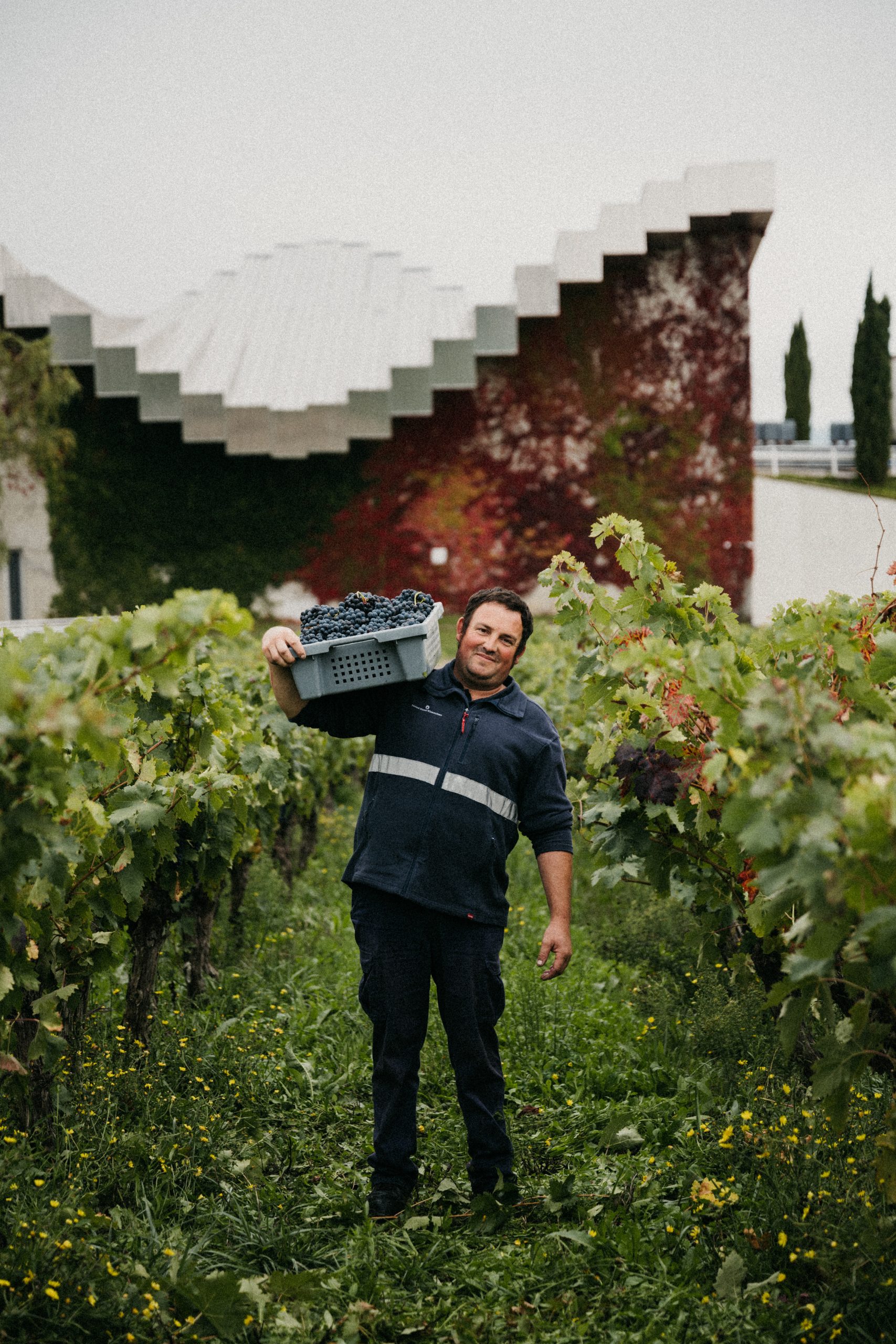Can Marlborough survive the next 50 years?
With Marlborough Sauvignon Blanc turning 50 this year, db asks New Zealand producers what needs to be done to sustain the variety’s stratospheric success over the next half century.
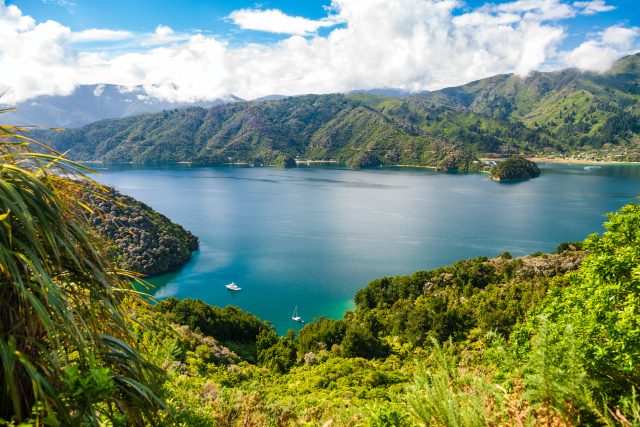
You’d have to have been hiding under a rock not to have enjoyed at least a glass or two of Marlborough Sauvignon Blanc during the last 50 years.
Arguably one of the easiest wines to pick out in a blind tasting, its distinctive aromatics, abundance of fruit and natural acidity are Marlborough’s calling cards, and the world has answered with more than 228 million litres of the region’s Sauvignon Blanc sold at export last year (source: Wine Export Certification Service).
“For Marlborough to have created a wine style from a standing start only 50 years ago that’s globally recognised and seen as the varietal benchmark is a phenomenal achievement,” Patrick Materman, director of winegrowing for Villa Maria, tells the drinks business.
Being a cool-climate wine region, New Zealand is better placed than most countries in the face of climate change. However it is certainly not immune from climatic anomalies as Cyclone Gabrielle proved when it hit the country’s North Island in January, with devasting effect.
And climate change aside, there is the question of consumer fatigue. With Marlborough Sauvignon a near-permanent fixture on global wine lists (availability permitting), will wine drinkers start to tire of its charms and look elsewhere?
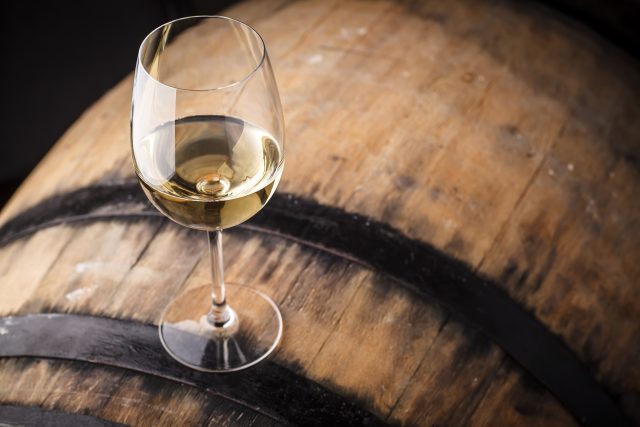
More diverse styles
“Now, with Marlborough largely planted out, the opportunity is in diversifying the category,” says Villa Maria’s Materman.
“More complex styles of Sauvignon Blanc are emerging where hand harvesting, wild fermentation, and the subtle use of large-format oak barrels drive age-worthy wines.
These diverse styles include organic and lighter-alcohol Sauvignons from Marlborough.
David Babich, CEO of Babich Wines, believes that the techniques and technologies involved in producing organic wines have improved to the point “where these wines really over-deliver.”
He tells db: “There are 10+ year-old organic Sauvignon Blancs that are still drinking just as well as when they were first released.”
As organic vineyards tend to grow less vigorously and crop significantly lower than conventional vineyards due to the absence of chemical fertilisers, herbicides, and pesticides, and the greater bio-competition from weeds, Babich says that Marlborough’s organic wines enjoy even greater fruit concentration than those made using conventional methods.
As for lower-alcohol Sauvignon, many believe New Zealand is perfectly positioned to shine in the no-and-low category.
Producers are increasingly turning their focus to lighter alcohol wines. Villa Maria makes a Lighter Sauvignon Blanc and a Lighter Rosé, while Yealands, Stoneleigh, Brancott and Wither Hills all also make lighter Sauvignon Blancs, with alcohol levels sitting at around the 9%-9.5% ABV mark.
Partner Content
“Aromatic intensity and flavour expression are well established even at lower grape-sugar levels, allowing earlier harvest and naturally lower ABV levels in the resulting wines,” explains Materman.
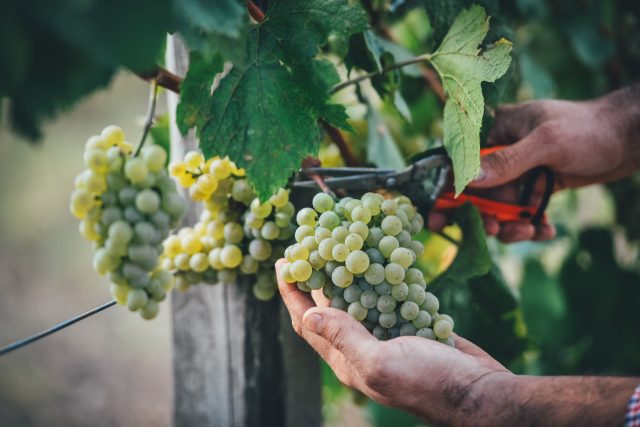
Hardier plants
Marisco Vineyards, which owns Marlborough brands The Ned and Leefield Station, is one of the official grantors to the new Sauvignon Blanc: 2.0 project being carried out by the Bragato Research Institute.
“The focus of the research programme is to produce new Sauvignon Blanc clones selected for their resilience traits to the extreme weather that is likely to result from climate change, while retaining all the aroma and flavour typicity that has made Marlborough Sauvignon Blanc so universally successful,” Matt Mitchell, general manager, Marisco Vineyards, tells db.
“As an integral component, vineyard staff are already on the look out for ‘odd’ vines. These are random vines that for some reason appear different to those around them,” Mitchell adds. “Once identified, these vines are logged so that they too can be included in future screening to see if their perceived difference could contribute desirable traits to future Sauvignon Blanc plantings.”
The aim of the project is to create 12,000 new variants of Sauvignon Blanc to create “a library” of options to choose from should disastrous weather patterns strike.
So far, 4,000 of these new vines have gone into pots.
“Once commercially available, these will be the first grape material to be released to the market that have been bred in Marlborough specifically to maximise the typicity of Marlborough Sauvignon Blanc grown in typical Marlborough conditions,” says Mitchell.
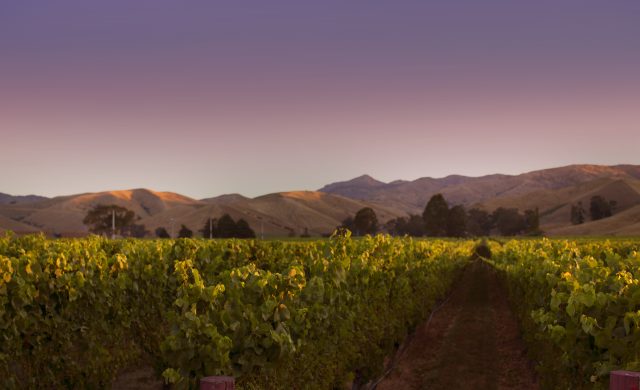
Spotlighting Marlborough sub-regions
“Having winemakers who are willing to push boundaries and list sub-regions and vineyards on their labels is key,” says Dave Sutton, winemaker for Te Kano, on how Marlborough producers can prevent consumers becoming bored.
Anthony Walkenhorst, senior winemaker for Yealands, agrees. “Given Marlborough’s relative youth, there is a big opportunity to build awareness of sub-regions and their styles,” he says.
Wairau Valley and Awatere Valley are sub-regions to look out for.
Wairau has old, gravely riverbed soils, and has a slightly warmer, more sheltered climate than its neighbour, the Awatere Valley, meaning its Sauvignon Blanc tends to be on the tropical side, with aromas and flavours of passion fruit and grapefruit.
The Awatere Valley stretches inland from the sea, climbing towards the Kaikoura mountain ranges. Cooler, drier, windier and often with a degree of elevation, sites with typically lower yields produce some highly distinctive Sauvignons.
“With an industry chock-full of super smart, energetic and highly motivated people, I can’t see the achievements of the next 50 years being any less significant than those of the first,” says Mitchell of Marisco Vineyards.
Related news
'Using helicopters would have crippled us financially'
Trinity Hill taps into rising demand for white wines in Asia

